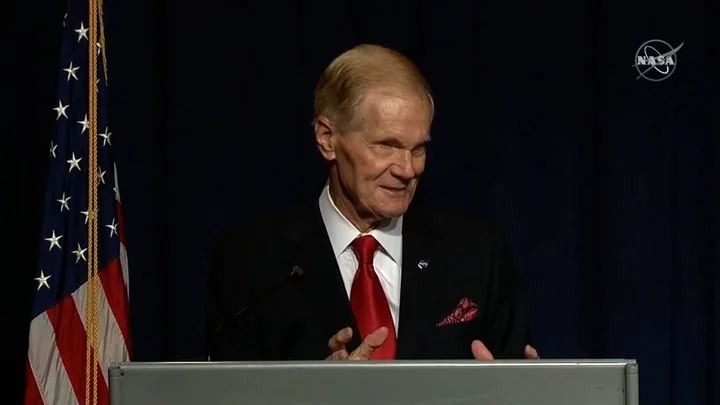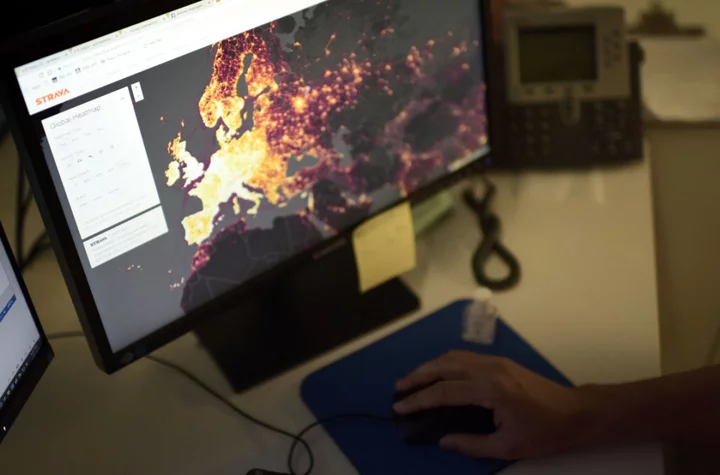NASA has released details from its unidentified anomalous phenomena (a term to describe UFOs that can't be identified) study.
When the study started a year ago, NASA set out to identify "how data gathered by civilian government entities, commercial data, and data from other sources can potentially be analysed to shed light on UAPs."
They went on to highlight that Thursday's report (14 September) "is not a review or assessment of previous unidentifiable observations."
Here are five major things we learned from the 36-page report:
NASA should be more proactive when it comes to UFOs
The report suggests that the space agency should use better techniques and vices when searching for UAPs.
They said the current UAP detection is "often serendipitous," and captured by sensors "that were not designed or calibrated for this purpose, and which lack comprehensive metadata."
This means the origin of several UAPs "remain uncertain".
"The importance of detecting UAP with multiple, well-calibrated sensors is thus paramount, and accordingly we recommend that Nasa leverage its considerable expertise in this domain to potentially utilize multispectral or hyperspectral data as part of a rigorous data acquisition campaign," they wrote.
Many 'credible witnesses' have reported UFOs
The report revealed that many "credible" reports of "objects they did not recognise over US airspace" have come through from witnesses, "often military aviators".
"Most of these events have since been explained, but a small handful cannot be immediately identified as known human-made or natural phenomena," it read.
It noted that one of the problems when it comes to such sightings is that "the data needed to explain these anomalous sightings often do not exist."
They added: "This includes eyewitness reports, which on their own can be interesting and compelling, but are not reproducible and usually lack the information needed to make any definitive conclusions."
'No reason to conclude' UFOs are alien
While the report disclaimed the galaxy "does not stop at the outskirts of the solar system," it stressed there is "no reason to conclude" that UFO sightings are alien.
"Many of NASA's science missions are, at least in part, focused on answering the question of whether life exists beyond Earth," it read.
"Those investigations include missions looking for biosignatures, perhaps on Mars or the icy moons orbiting Jupiter and Saturn - as well as farther afield, in the ratios of molecules present in exoplanet atmospheres.
"Searching for signs of alien technology is a natural extension of those investigations."
It adds: "If we recognise the plausibility of any of these, then we should recognise that all are at least plausible."
Satellites could potentially be used in the search for aliens
"NASA is in an excellent position to contribute to UAP studies within the broader whole-of-government framework," they wrote, going on to explore the potential role of the "US commercial remote-sensing industry" which they say "offers a potent mix of Earth-observing satellites that offer imagery at sub- to several-meter spatial resolution, which is well-matched to the typical spatial scales of known UAP [UFOs]".
They continued: "Such commercial constellations could offer a powerful complement to the detection and study of UAP when coincident collection occurs."
Artificial intelligence could also help the hunt for aliens
"The panel finds that artificial intelligence (AI) and machine learning (ML) are essential tools for identifying rare occurrences, potentially including UAP, within vast datasets," they wrote. "However, these powerful techniques will only work on well-characterized data gathered with respect to strong standards."
They went on to note that the public "is also a critical aspect of understanding UAP".
There's a lot more to learn
"The top takeaway from the study is that there is a lot more to learn," NASA Administrator Bill Nelson said while releasing the report. "The NASA independent study team did not find any evidence that UAP have an extraterrestrial origin, but we don't know what these UAP are."
Sign up for our free Indy100 weekly newsletter
Have your say in our news democracy. Click the upvote icon at the top of the page to help raise this article through the indy100 rankings.









